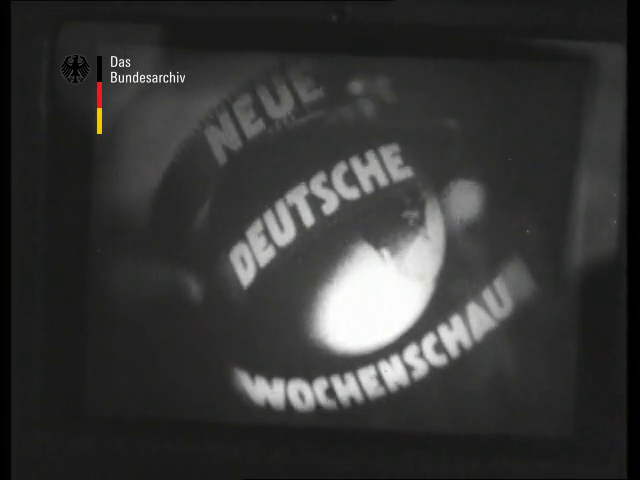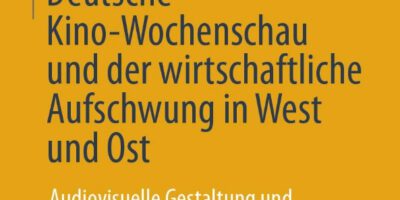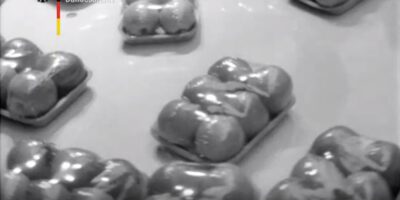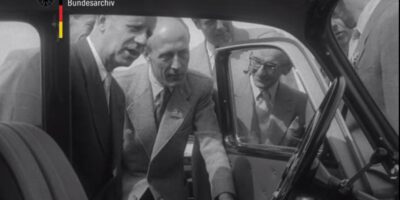Newsreels as a Format of Continuity and Convergence
The German post-war cinema newsreel was a media format which has been developed since the early years of the film era. It was first and foremost a compilation of short films shown in the cinema’s interludes to inform people about recent incidents. During wartime, it was a propaganda instrument; each weekly released edition of the Deutsche Wochenschau was examined by the Nazi-Propaganda ministry. After the Second World War, the Allies brought their newsreels to Germany, and in particular, the British-American newsreel Welt im Film was regarded as an effective instrument for the German’s re-education. In 1949, the Federal Government sought to inform people in Germany through “German eyes” again and the Neue Deutsche Wochenschau (NDW) was founded for presentation, information, and entertainment purposes. However, some “old” staff members worked for the “new newsreel”: the cinematographer, the film editor-in-chief, and the music editor of Deutsche Wochenschau continued their work at NDW, and the next generation learned from them how to design news reports.
The special design integrated a variety of material, such as photographs, graphics, newspaper headlines, and writing – underlined by impressive music, sound, and a commentary’s voice. Thus, a newsreel was a multi- and intermedia format. By using archival film material, flashbacks could support nostalgic emotions of viewers and could demonstrate how the world had changed.
The newsreel cinematographers filmed each other at work, and in this way, they expressed their pride of using modern equipment: cameras and sound recording devices were shown. But, the cinematographers’ working reports also reveal that they seem to follow the roots of photography: They spoke about their films as “beautifully photographed film strips”. The Photokina in Cologne was the most important trade fair for photography and cinematic equipment – later for television equipment as well. In 1951, the opening title of Neue Deutsche Wochenschau reflected on a monitor of an editing table (see fig. from NDW No. 65 from 24 April 1951). Newsreels were an important part of the film industry in those days.
The heyday of the newsreels was in the 1950s and 1960s. In West Germany, most productions stopped in the late 1970s (in East Germany in 1980), but the principles of reporting continued to the “new media” television. On one hand, newsreel snippets were used in early post-war television news; on the other hand, it was quite impossible for newsreels to change their design, as viewers demanded to see the “old” format they knew.
Newsreel snippets are now used in TV-documentaries and demonstrate the 1950s clichés – to increase what viewers remember. Furthermore, filmic elements – such as intertitles, which were common means in silent films for separating acts and are now used in newsreels for separating reports – give today’s fictional films a nostalgic touch.
I would like to show the different levels of continuity and convergence (institutional, personal, aesthetical) in the special format of newsreels, which is often neglected in academic research, but important to understand German audio-visual heritage.
Is the contribution interesting for a conference, workshop or publication?
Let me know!
Leave a reply – make a comment!




Schreibe eine Antwort